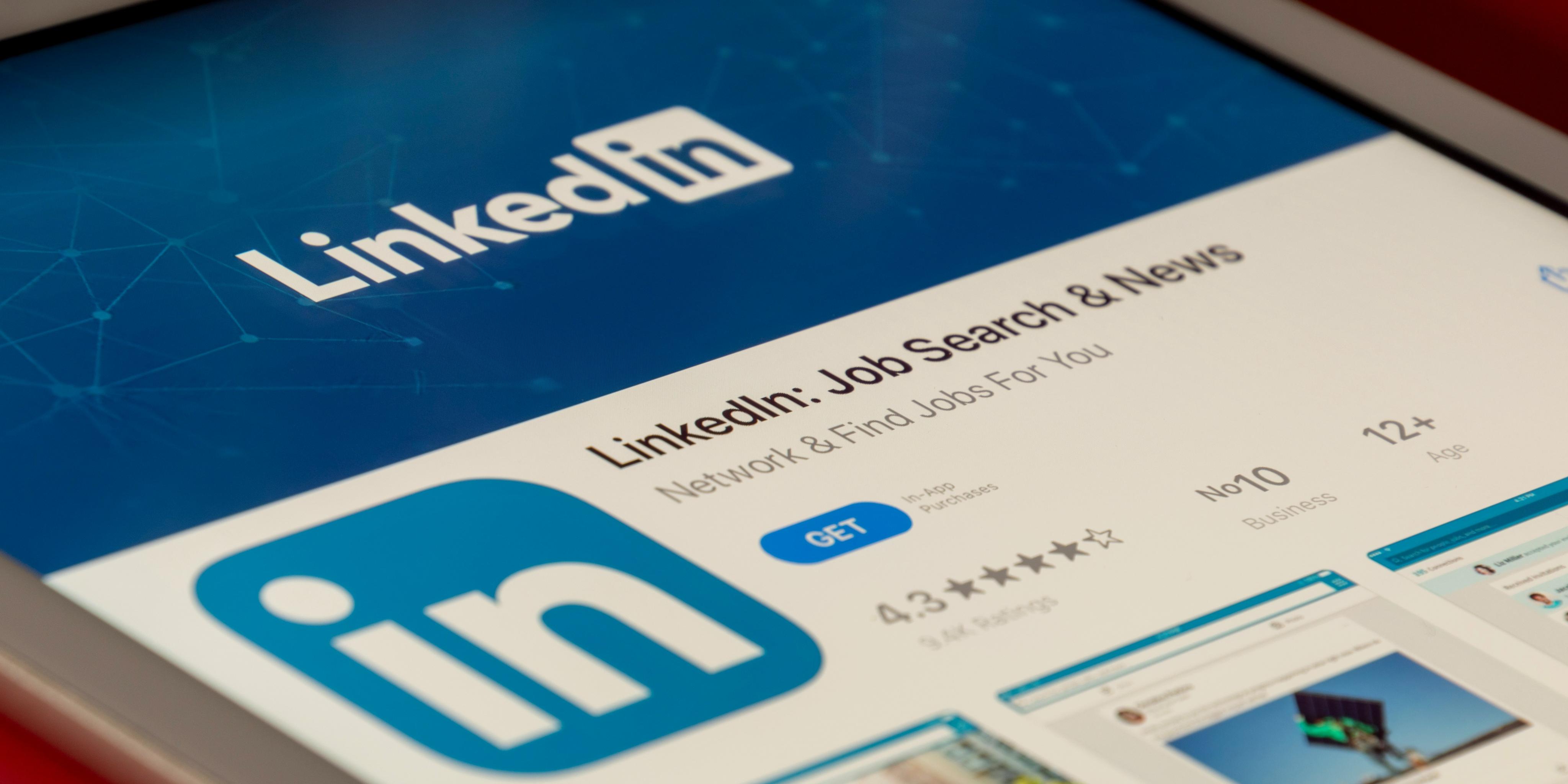In today’s digital age, journalists are facing unprecedented challenges, with layoffs becoming all too common. As a result, many are turning to freelancing to sustain their careers. LinkedIn, a platform traditionally known for professional networking, has emerged as a valuable resource for journalists looking to build their brand, connect with potential clients, and expand their reach. By leveraging the platform effectively, journalists can enhance their visibility, credibility, and accessibility in the competitive media landscape.
The first step to harnessing the full potential of LinkedIn is to optimize your profile. Think of your profile as your digital business card and resume rolled into one. Upload a professional headshot, craft a compelling headline that highlights your expertise as a reporter, and customize your LinkedIn URL to make it more memorable. Use the profile summary section to showcase your skills, experience, and passion for journalism, setting the stage for potential clients or collaborators to learn more about you.
Sharing your work regularly and being consistent in your posting is essential on LinkedIn. Showcase your writing skills and expertise by sharing links to your published articles, opinion pieces, or multimedia content. Experiment with different formats such as articles, videos, or infographics to engage your audience and diversify your content. Consistency is key to growing your network and increasing your reach on the platform.
Building a strong network of industry professionals is crucial for journalists on LinkedIn. Connect with fellow journalists, thought leaders, and media professionals within and outside your area of expertise. Engage with their content by liking, commenting, or sharing, and participate in discussions about journalism, media trends, and related topics. Joining relevant LinkedIn groups or communities can also help you establish your presence on the platform and expand your network.
Positioning yourself as an expert in a specific subject within journalism is essential for success on LinkedIn. Share articles or posts that demonstrate your knowledge, insights, and unique perspectives on current events or industry trends. Providing valuable content consistently will attract followers and enhance your reputation as a trusted voice in your niche. Utilize LinkedIn’s publishing platform to reach a broader audience with your content and establish yourself as a thought leader in your field.
LinkedIn is also a valuable resource for finding freelance opportunities. Keep an eye out for job postings, freelance gigs, or content creation opportunities shared by media companies, publishers, and hiring managers. Follow relevant hashtags to discover new journalism opportunities and don’t hesitate to reach out to potential clients or collaborators directly to pitch your services or inquire about freelance projects. Building meaningful relationships with your audience is key to success on LinkedIn. Respond to comments, messages, and inquiries promptly and courteously, and show appreciation for your connections’ feedback, shares, or endorsements. Utilize LinkedIn’s live feature to interact with your audience in real-time and showcase your expertise through live Q&A sessions, webinars, or virtual events.
In conclusion, LinkedIn offers journalists a powerful platform to showcase their work, connect with industry professionals, and find freelance opportunities. By optimizing their profiles, sharing their work regularly, engaging with their audience, and positioning themselves as experts in their field, journalists can enhance their visibility and credibility in the digital landscape. With the right strategies and consistent effort, LinkedIn can be a valuable tool for journalists looking to thrive in an ever-evolving media industry.


















